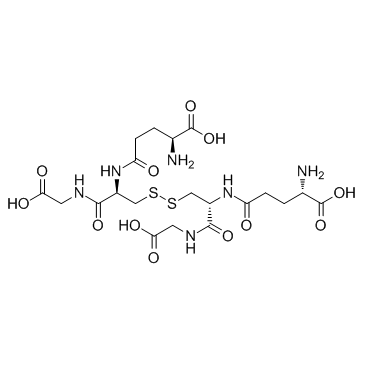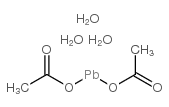| Structure | Name/CAS No. | Articles |
|---|---|---|
 |
L(-)-Glutathione
CAS:27025-41-8 |
|
 |
lead diacetate trihydrate
CAS:6080-56-4 |